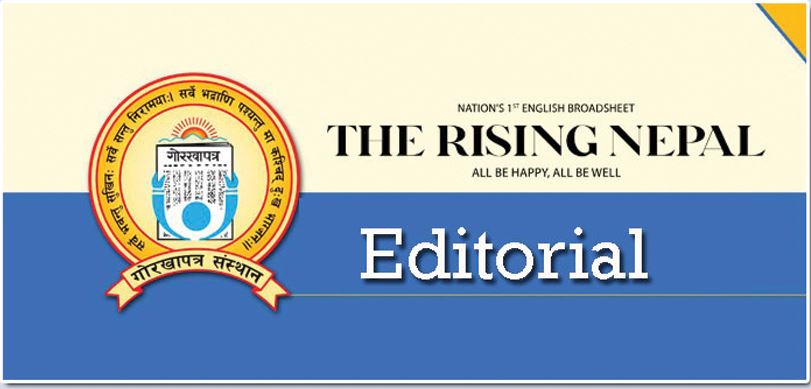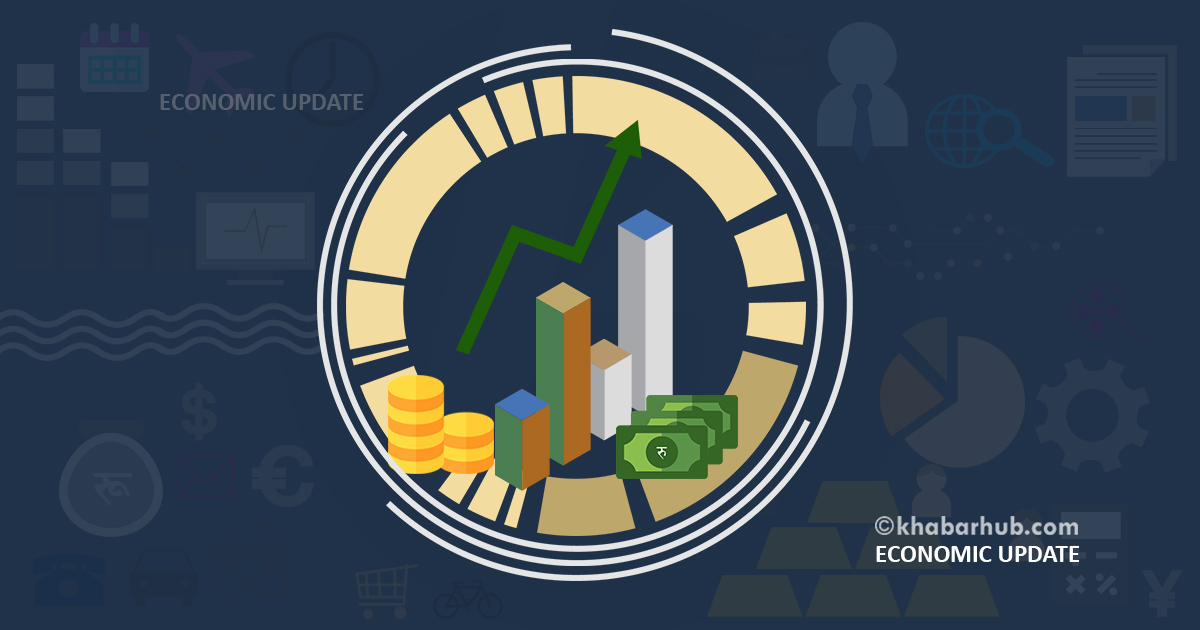

Nepal's economic landscape continues to show positive indicators, with the federal government structure aiming to distribute resources for inclusive growth. The previous unitary system had led to increased poverty and unemployment, highlighting the need for a more equitable approach [b324c6c6].
Among the provinces, Bagmati Province stands out with the highest GDP at Rs 2,074 billion, while Karnali Province has the lowest at Rs 243 billion. This disparity is also reflected in per capita income, with Bagmati at US$ 2,484 compared to Karnali's US$ 1,036 [b324c6c6]. The GDP contributions from these provinces further illustrate this economic divide, with Bagmati contributing 36.36% of the national GDP, while Karnali contributes only 4.28% [b324c6c6].
Economic growth rates vary significantly across provinces, with Gandaki at 4.55%, Lumbini at 4.05%, and Karnali lagging at 3.39%. Notably, agricultural production in Karnali has seen a positive increase of 6.79%, although industries in the region are operating at only 48.51% capacity [b324c6c6].
Tourism has also experienced a significant boost, increasing by 23.40% to over 1 million visitors, which is crucial for provincial development. The government emphasizes agriculture, hydropower, and tourism as key sectors for driving growth across all provinces [b324c6c6].
In the context of the broader national economy, the first month of the fiscal year 2024/25 saw government revenue reach Rs 96.95 billion, doubling the expenditure of Rs 40.20 billion, which accounted for only 2.16% of the annual target. This revenue surge is complemented by a rise in gold prices and a robust performance in the stock market [36d0480a].
Overall, the combination of rising provincial GDPs, increased tourism, and government revenue paints a promising picture for Nepal's economic future, despite existing disparities among provinces [b324c6c6][36d0480a].